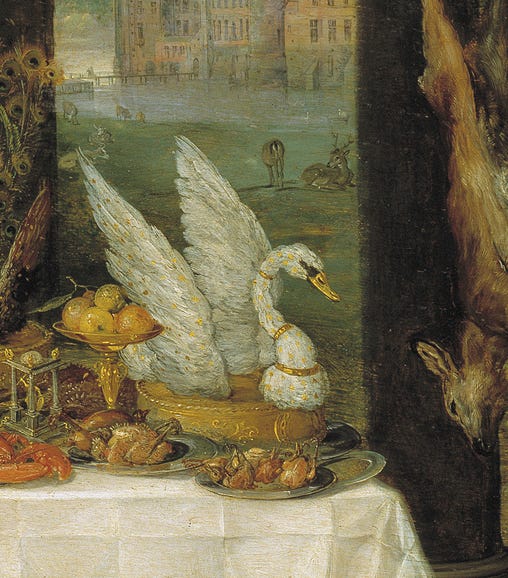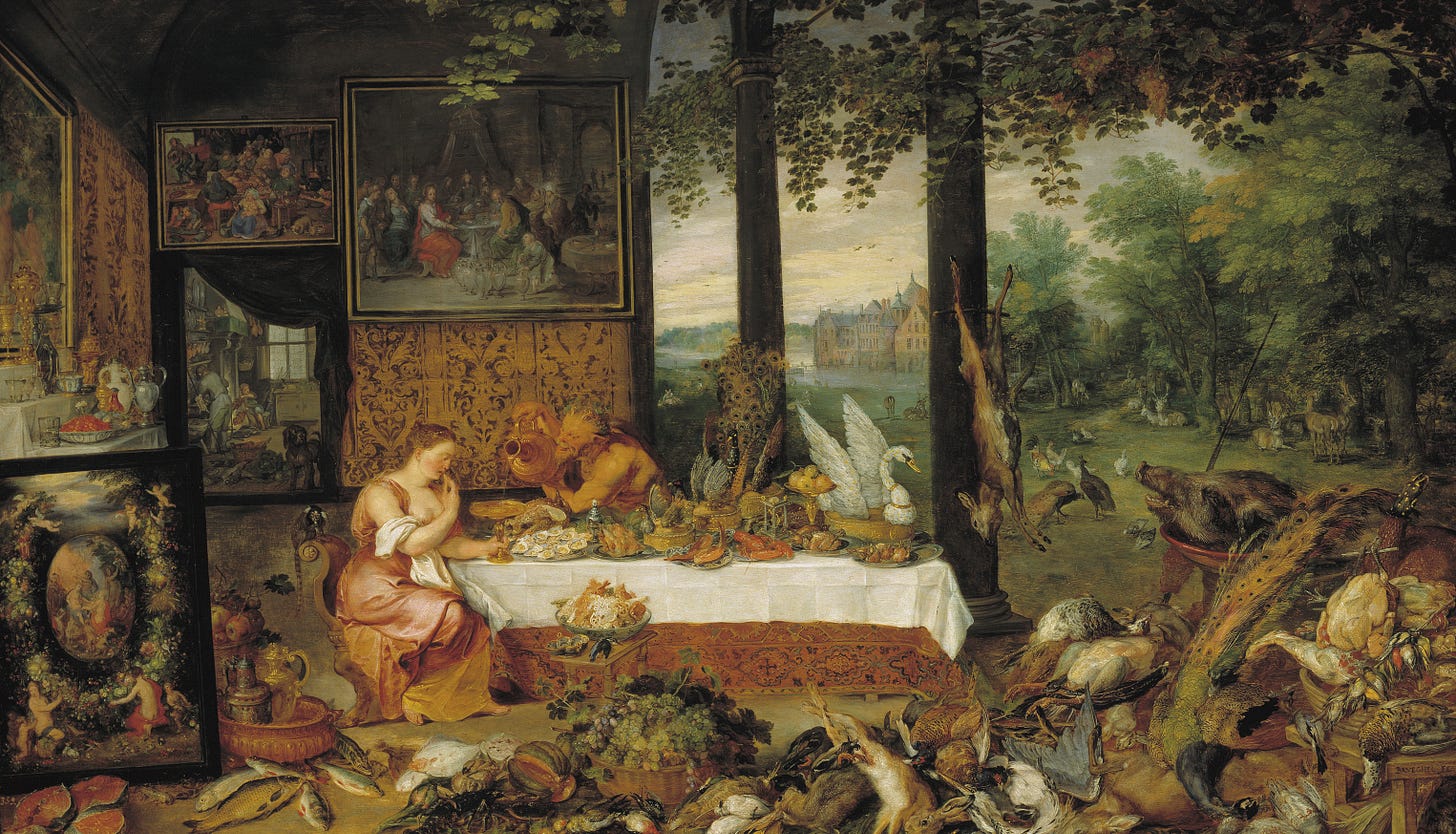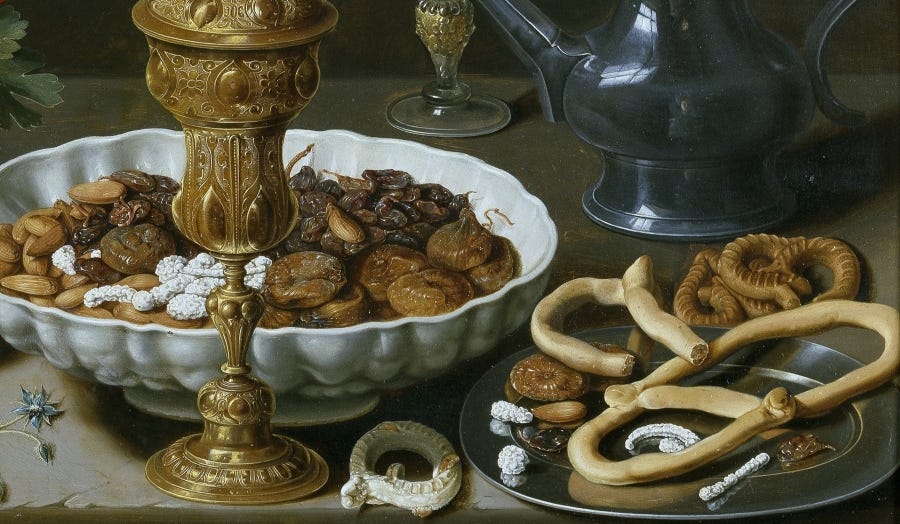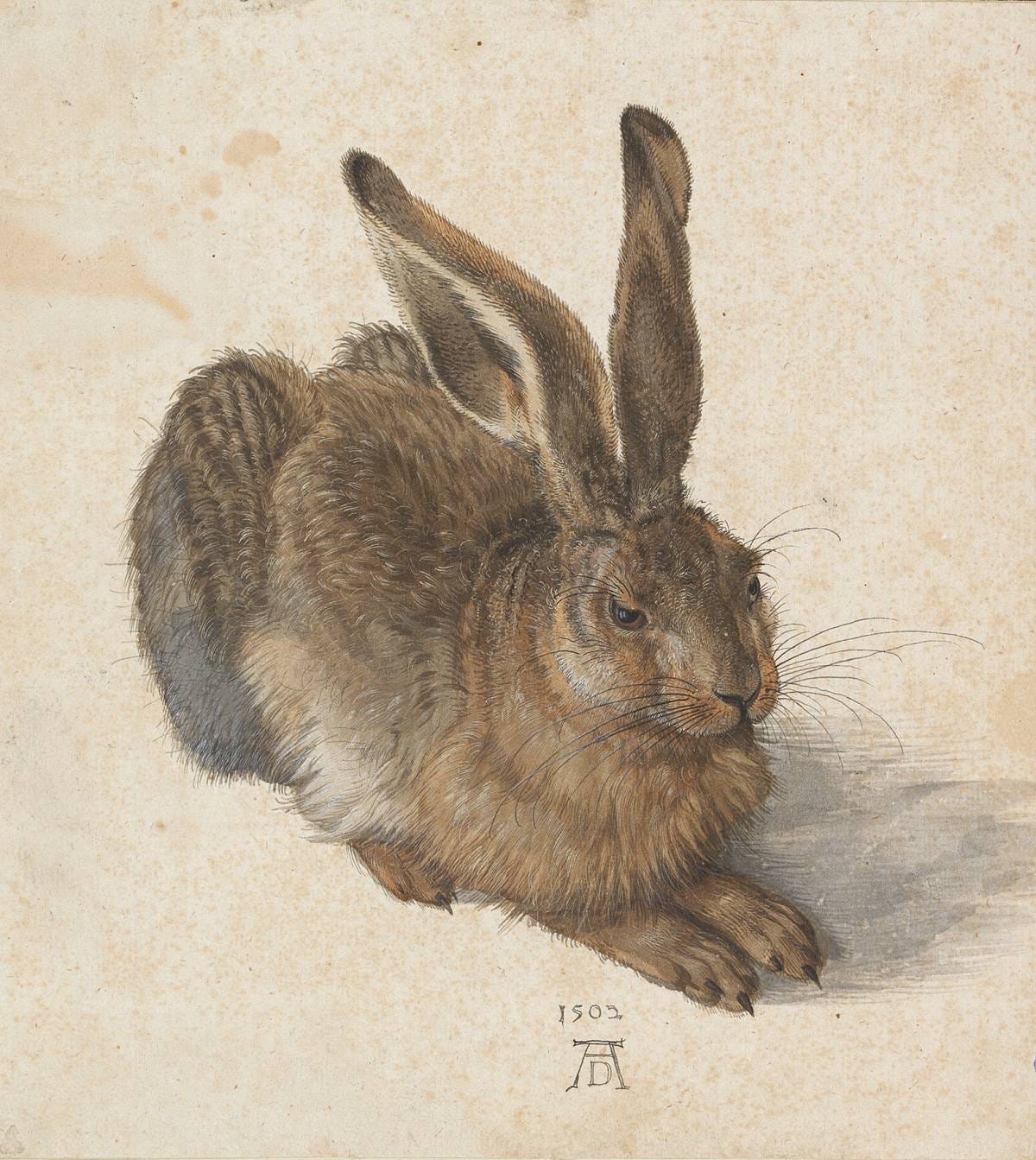On the table week 13
Easter
Coronation Banquet
23 dishes, I read, slightly hyperventilating, in words twenty-three dishes, finally, I think to myself. But then I don't quite manage to get into the festive mood, even though the tables are bursting with food. And it is all Henry´s fault.
The food this week: a duckling with sweet green peas for the king. At the coronation banquet roasted swans and peacocks. If anyone is interested: Some Recipes Detail of “Allegory of Taste” by Jan Brueghel and Peter Paul Rubens, 1618.
Henry nibbles at aniseed comfit at the abbey during the coronation, sitting in a box screened by a lattice, observing everything and everyone. He doesn't attend the banquet either, but sits up in the gallery, dipping thin apple slices in cinnamon. A spider watching its web, the master of puppets.
And as for Anne, the time of Henry painting hearts is over, first of all he is now king and he wants to see results. A son. Then maybe he'll paint hearts again. I can't imagine the pressure Anne must have been under. No wonder she doesn't eat at the banquet. Like Venus in this painting, she must be exhausted. “Allegory of Taste” showing Venus and Bacchus by Jan Brueghel and Peter Paul Rubens, 1618
Inconsolable Chapuys
Cromwell can't help himself. Of course he has to go to Chapuys and see his suffering live. But he brings him sweetmeats and fine Italian wine to ease the ambassador´s pain a little. After all, you not only have to know all the paths, you also have to keep them open.
Speaking of wine: the fine Italian drop is from the Duke of Suffolk. So Cromwell not only receives game, but also other gifts from him. Probably no friendship in sight, but perhaps two gourmets who have recognised this as a common interest. Detail from the “Still Life with Flowers, a Silver-gilt Goblet, Dried Fruit, Sweetmeats, Bread sticks, Wine and a Pewter Pitcher” by Clara Peeters, 1611
Happy Easter!
I wish everyone who celebrates Easter a blessed Easter!
And for all, here the most famous Easter bunny of the 16th century, sighted and painted by Albrecht Dürer in 1502.







